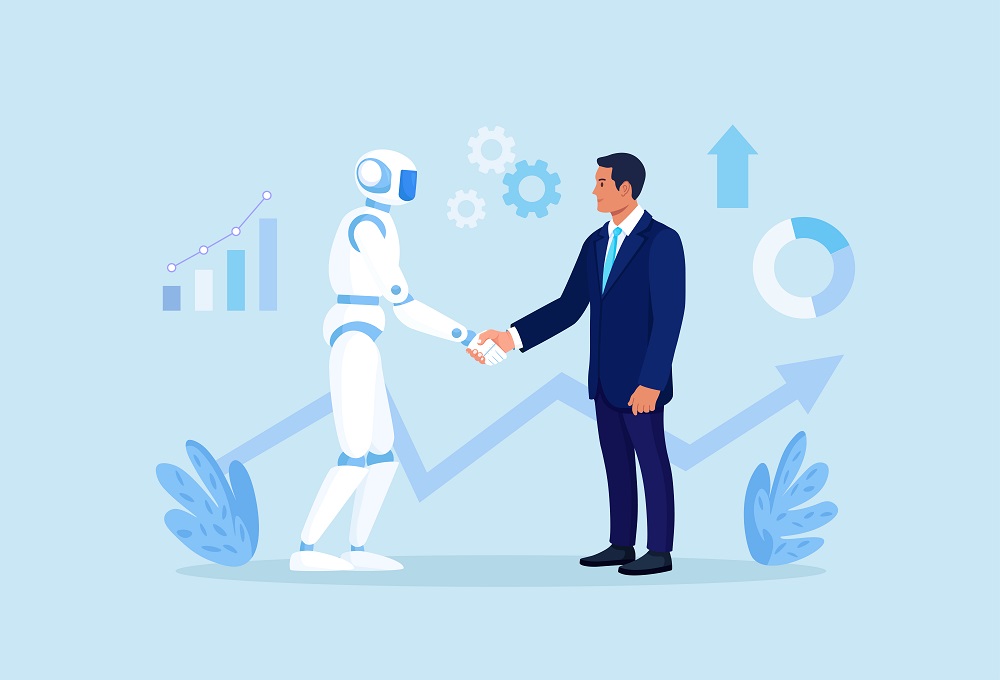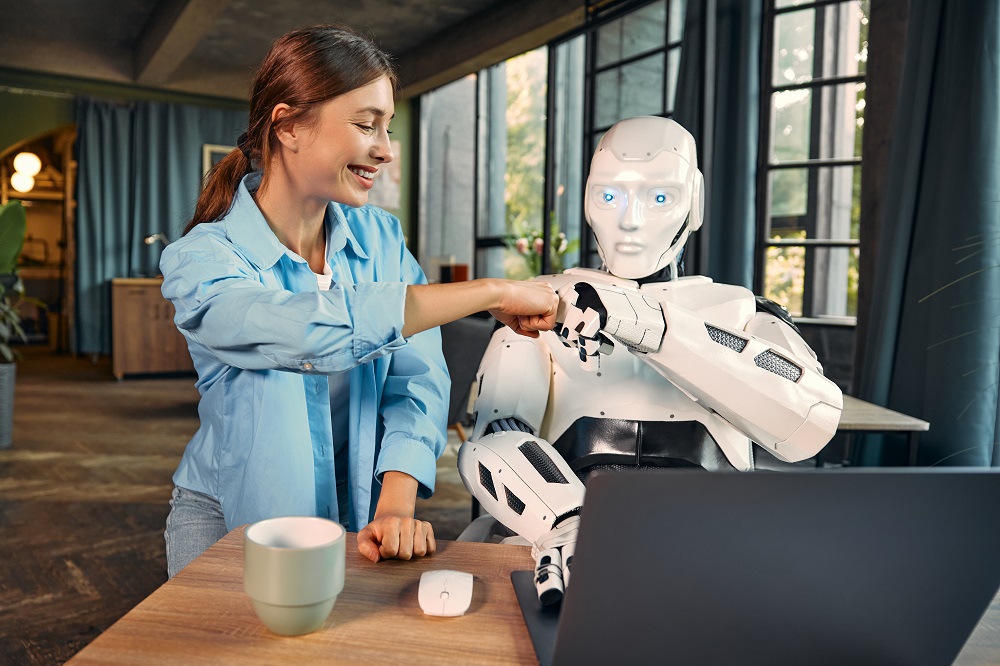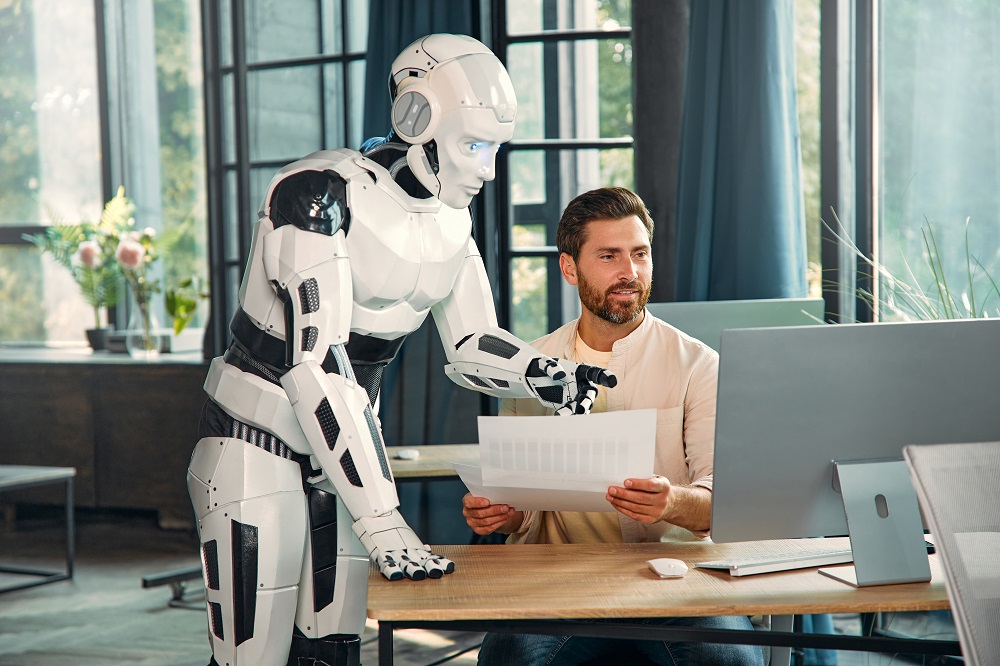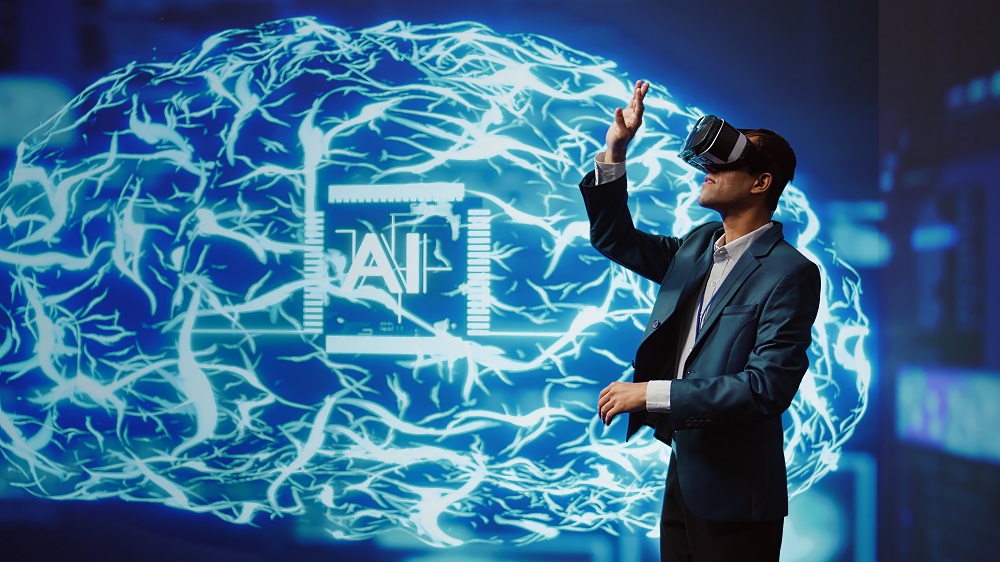As we stand on the cusp of a transformative technological revolution, AI copilots and human augmentation are rapidly reshaping the world. These innovations, once confined to science fiction, are now integral to our lives and work. The integration of AI into our daily lives, alongside technologies that enhance human physical and cognitive abilities, opens new opportunities for increased productivity, better decision-making, and even enhanced well-being.

In this article, we will explore what AI copilots and human augmentation are, why they are so significant, and how they are beginning to shape various industries.
What are AI Copilots and Human Augmentation?
AI copilots are digital assistants powered by artificial intelligence that help humans manage tasks more efficiently and effectively. These copilots do not just complete tasks; they augment human decision-making by processing vast amounts of data in real time, providing insights, and automating repetitive work. Whether organizing schedules, analysing data, or assisting in creative processes, AI copilots are increasingly used to elevate productivity across numerous sectors.
Human augmentation, on the other hand, refers to technologies that enhance human capabilities. This can be physical augmentation—such as exoskeletons that allow people to lift heavier objects—or cognitive augmentation, like neural interfaces that improve brain function or focus. Augmentation technology is also taking shape in more everyday tools, like wearable devices that track health metrics and provide real-time feedback to optimize performance.
The Importance of AI Copilots and Human Augmentation
The importance of these technologies lies in their ability to enhance human potential. Technological advances have aimed at replacing repetitive tasks and increasing efficiency for years, but AI copilots and augmentation take this further. They create an environment where humans and machines collaborate, where technology not only performs tasks but assists humans in making more informed decisions.
1. Boosting Productivity: AI copilots can automate mundane, repetitive tasks, allowing professionals to focus on more strategic, high-level work. By analysing large datasets quickly and efficiently, AI copilots give workers more time to focus on creativity and complex problem-solving. For example, platforms like Microsoft’s 365 Copilot help users draft documents, create presentations, and manage projects with AI-generated insights.
2. Enhancing Decision-Making: The sheer amount of data available today can overwhelm even the most seasoned professionals. AI copilots can sift through this data, delivering critical real-time insights. This helps humans make faster, better decisions, particularly in finance, healthcare, and logistics.
3. Expanding Human Capabilities: Human augmentation, especially in healthcare, has seen rapid advancement. Technologies like intelligent prosthetics, brain-computer interfaces, and even AI-assisted surgeries are transforming patient outcomes. Augmented reality (AR) tools, like those used by doctors during surgeries, are also forms of cognitive augmentation that enhance the user’s ability to visualize complex data and processes.
Read more about Microsoft Surface Pro 2-in-1 Laptop/Tablet (2024), Windows 11 Copilot+ PC, 13″ Touchscreen LCD Display, Snapdragon X Plus (10 Core), 16GB RAM, 256GB…by clicking HERE.
Read more about the Microsoft Office 365 Bible: The Complete and Easy-To-Follow Guide to Master the 9 Most In-Demand Microsoft Programs – Secret Tips & Shortcuts to Stand out From the Crowd and Impress Your Boss by clicking HERE.
AI Copilots and Human Augmentation Across Industries
The influence of AI copilots and human augmentation is being felt across many industries, each benefiting in unique ways.
1. Healthcare: One of the most significant applications of AI copilots and augmentation is healthcare. AI tools now assist in diagnostic processes, helping doctors identify diseases early. Human augmentation technologies, like wearable health trackers and intelligent prosthetics, give patients new ways to manage their health and recover from injuries.
2. Education: AI copilots are also transforming education. Tools like adaptive learning platforms analyse student performance and adapt the content to suit individual learning styles, making education more personalized and effective. Augmented reality tools allow students to immerse themselves in complex subjects, bringing abstract concepts to life.
3. Workplace Efficiency: AI copilots are becoming essential, especially in roles requiring multitasking and data management. Automating routine processes allows employees to focus on more critical decision-making tasks. Meanwhile, wearable technologies help workers enhance their physical capabilities, improving performance in physically demanding jobs.
Ethical Considerations
While the potential of AI copilots and human augmentation is exciting, their integration also raises several ethical concerns—issues surrounding data privacy and algorithmic bias are paramount. AI systems rely on massive amounts of personal data to function effectively, raising questions about how this data is collected, used, and stored. Additionally, it is crucial to ensure that these technologies do not exacerbate social inequalities or create biases in decision-making processes.
As these systems become more widespread, it is crucial that we engage in open discussions about the ethical use of AI and augmentation technology. Ensuring that AI development remains transparent and inclusive will help create a future where technology benefits everyone. Your voice and participation in these discussions are vital.
AI copilots and human augmentation represent the next step in technological evolution, where human abilities are not replaced but enhanced and transformed. As industries adopt these technologies, the line between human and machine collaboration will blur, giving rise to new opportunities for innovation, creativity, and personal empowerment. You are part of this evolution, not just a spectator.
The challenge is ensuring these technologies are developed ethically and inclusively, offering benefits that enhance human life without creating new social divides. As we move forward into this exciting future, AI copilots and augmentation will undoubtedly reshape industries, drive innovation, and empower individuals to achieve more than ever before.
Conclusion
The journey toward a future shaped by AI copilots and human augmentation is underway. From improving healthcare outcomes to optimizing workplace productivity, these technologies can transform our lives meaningfully. However, as we embrace these tools, we must remain vigilant about the ethical considerations they bring. Together, we can leverage these advancements to empower people, create more efficient systems, and ultimately shape a future where technology serves humanity.
Keep Up To Date With An AI Prompt:
What are the latest breakthroughs in AI copilots and human augmentation? Provide recent innovations and trends shaping our future!
Share on X:
If you found this article insightful, share it on X to foster discussions within your network. Use hashtags like #AICopilots, #HumanAugmentation, and #TechInnovation to reach a broader audience.
A.I. Disclosure: The writer of this article used Artificial Intelligence for Research and Writing Assistance.
Recommended Viewing
Recommended Further Reading:
“Artificial Intelligence: A Guide for Thinking Humans” by Melanie Mitchell. Get it by clicking HERE.
“Superintelligence: Paths, Dangers, Strategies” by Nick Bostrom. Get it by clicking HERE.
“The Fourth Industrial Revolution” by Klaus Schwa. Get it by clicking HERE.
“The Future of Work: Robots, AI, and Automation” by Darrell M. West. Get it by clicking HERE.
Stay Updated: To keep abreast of the latest developments in AI copilots and human augmentation, consider following reputable tech news outlets and participating in relevant webinars and conferences. Engaging with professional networks on platforms like LinkedIn or X (formerly Twitter) can also provide real-time updates and insights.
A.I. Disclosure: The writer of this article used Artificial Intelligence for Research and Writing Assistance.
Images credit by Pro Elements Envato




















